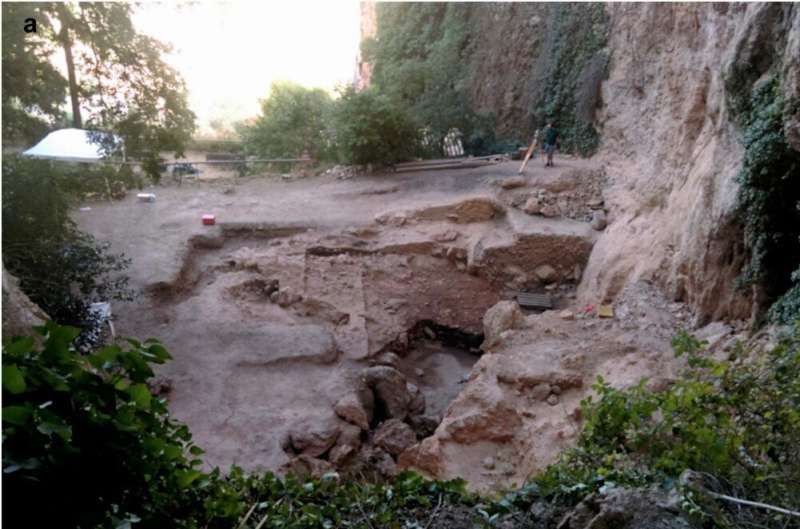June 6, 2024 report
This article has been reviewed according to Science X's editorial process and policies. Editors have highlighted the following attributes while ensuring the content's credibility:
fact-checked
peer-reviewed publication
trusted source
proofread
New dating technique more accurately estimates time differences between Paleolithic hearth fires

A team of archaeologists affiliated with multiple institutions in Spain has used a new dating technique to more accurately estimate time differences between Paleolithic Age hearth fires. In their paper published in the journal Nature, the group describes how their new dating technique works, its accuracy range and what their findings reveal about Neanderthals living in a river valley in what is now Spain, approximately 50,000 years ago.
Ségolène Vandevelde, with the University of Quebec at Chicoutimi, has published a News & Views piece in the same journal issue outlining the work.
Prior research has shown that a group of Neanderthals once lived in a river valley in a place now known as El Salt, in Spain. The group left behind tools, animal bones and multiple fire pits, some as close as a few meters apart. Research has dated the time of occupancy to approximately 52,000 years ago—with an error factor of up to 2,000 years. For this new study, the research team attempted to more accurately pinpoint the time that the Neanderthals were there.
The work by the team focused on the hearth fires or pits that were presumably used for warmth and to cook food. As in modern times, pits functioned as a way to contain the fires. The new dating technique involved analysis of magnetic minerals found in the fire pits.
Noting that such minerals have been found to record the orientation of the Earth's magnetic field, which fluctuates, the team realized they could be used as timestamps, which allowed them to measure the difference in time between the fire pits. They found that the fire pits had been used over a period of 200 years, some with decades-long intervals.
The research team states that such long intervals between building hearth fires suggests a site had been regularly visited over multiple generations. They also note that their technique could be used at other dig sites that have multiple fire pits, helping to recreate the living circumstances of ancient people across the globe.
More information: Ángela Herrejón-Lagunilla et al, The time between Palaeolithic hearths, Nature (2024). DOI: 10.1038/s41586-024-07467-0
Ségolène Vandevelde, Precision dating pinpoints time between use of ancient fireplaces, Nature (2024). DOI: 10.1038/d41586-024-01501-x
Journal information: Nature
© 2024 Science X Network





















